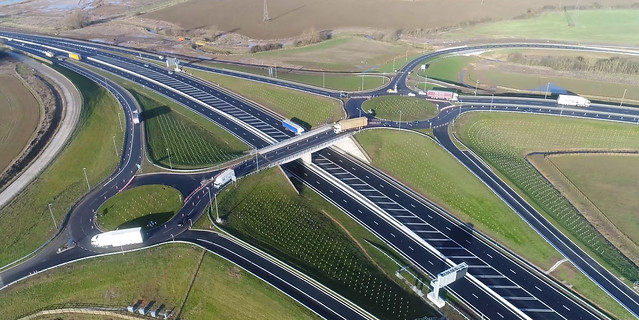Environment
We take our responsibility to the local environment seriously and have designed the A14 Cambridge to Huntingdon improvement scheme to reduce impacts on the surrounding landscape and wildlife. We’re aiming to have a positive impact on biodiversity now the scheme is complete.
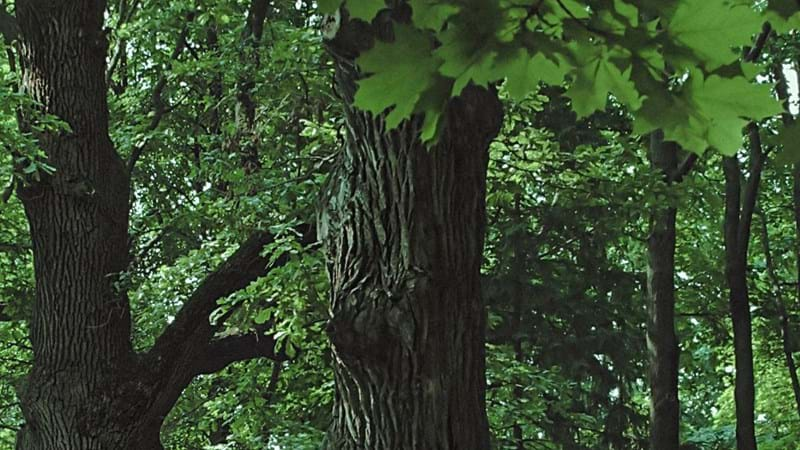
What are we doing?
We're protecting the species along the route
We're building over 1.05 square miles of new habitat in 18 areas
We’re replacing the trees we’ve removed at a ratio of approximately two to one
We're reducing the environmental footprint of the scheme during construction
We're protecting the species along the route
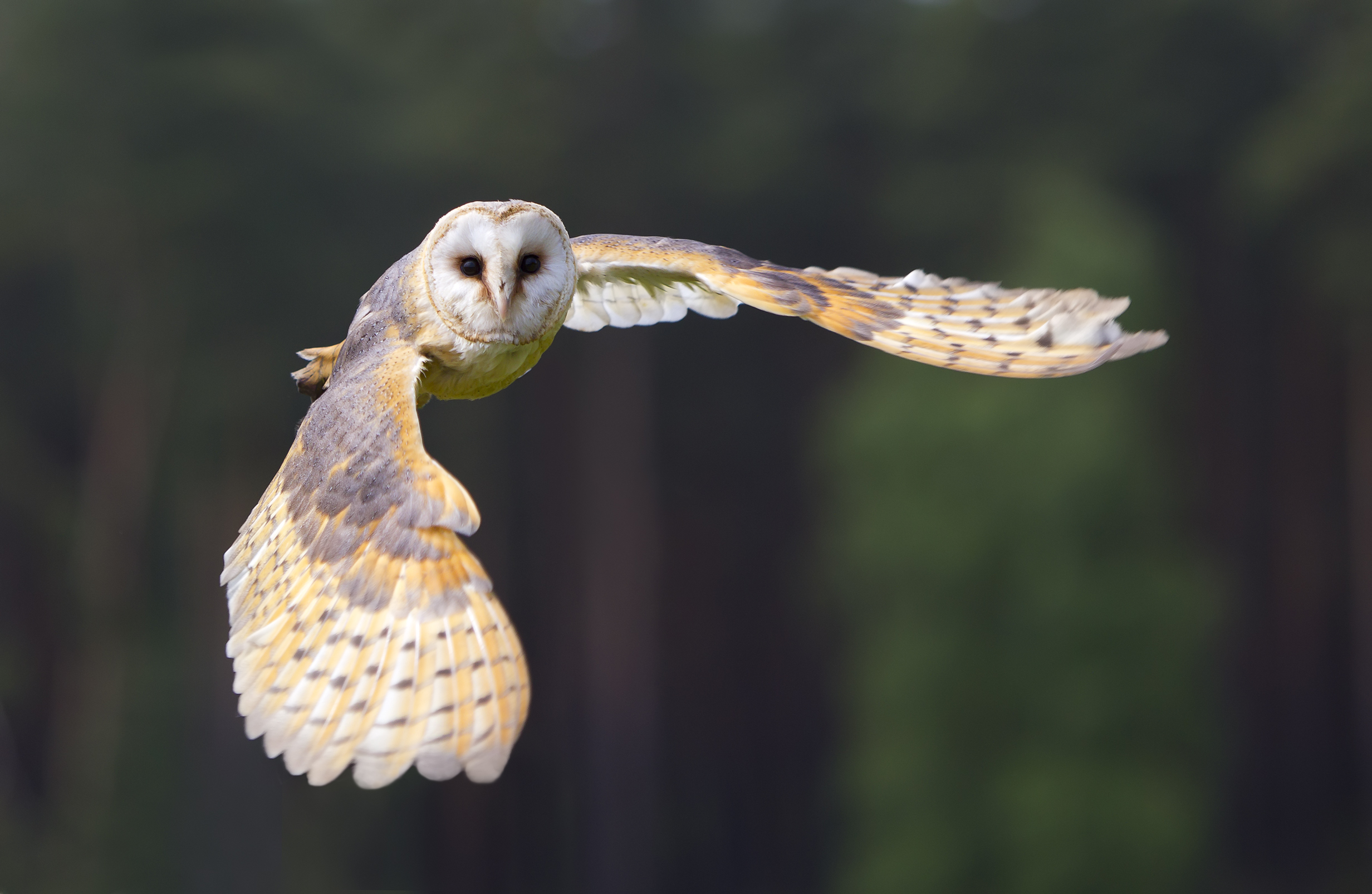
Our overall aim was to not only protect species along the route, but to provide enhanced habitat for many of the more vulnerable species.
Protected species found along the route include:
- Barn owls
- Kestrels
- Otters
- Swifts
- Great crested newts
- Badgers
- Water voles
- Bats: species recorded along the scheme include soprano pipistrelle, noctule, Leisler’s, Daubenton’s, brown long-eared and barbastelle
- Other birds include: Cetti’s and grasshopper warblers, lapwings, yellowhammers, skylarks, little ringed plovers, corn buntings and yellow wagtails
- Butterflies: Essex skipper and Brown Argus butterflies
We’ve built 24 wildlife tunnels across the scheme to give animals a safe place to cross. Animals are directed away from the road, to these tunnels, with directional planting.
You can read more about the ways we worked to protect the environment in the next sections and in the news story: owl rescue highlights environmental commitment on Britain's biggest road project.
We're building over 1.05 square miles of new habitat in 18 areas
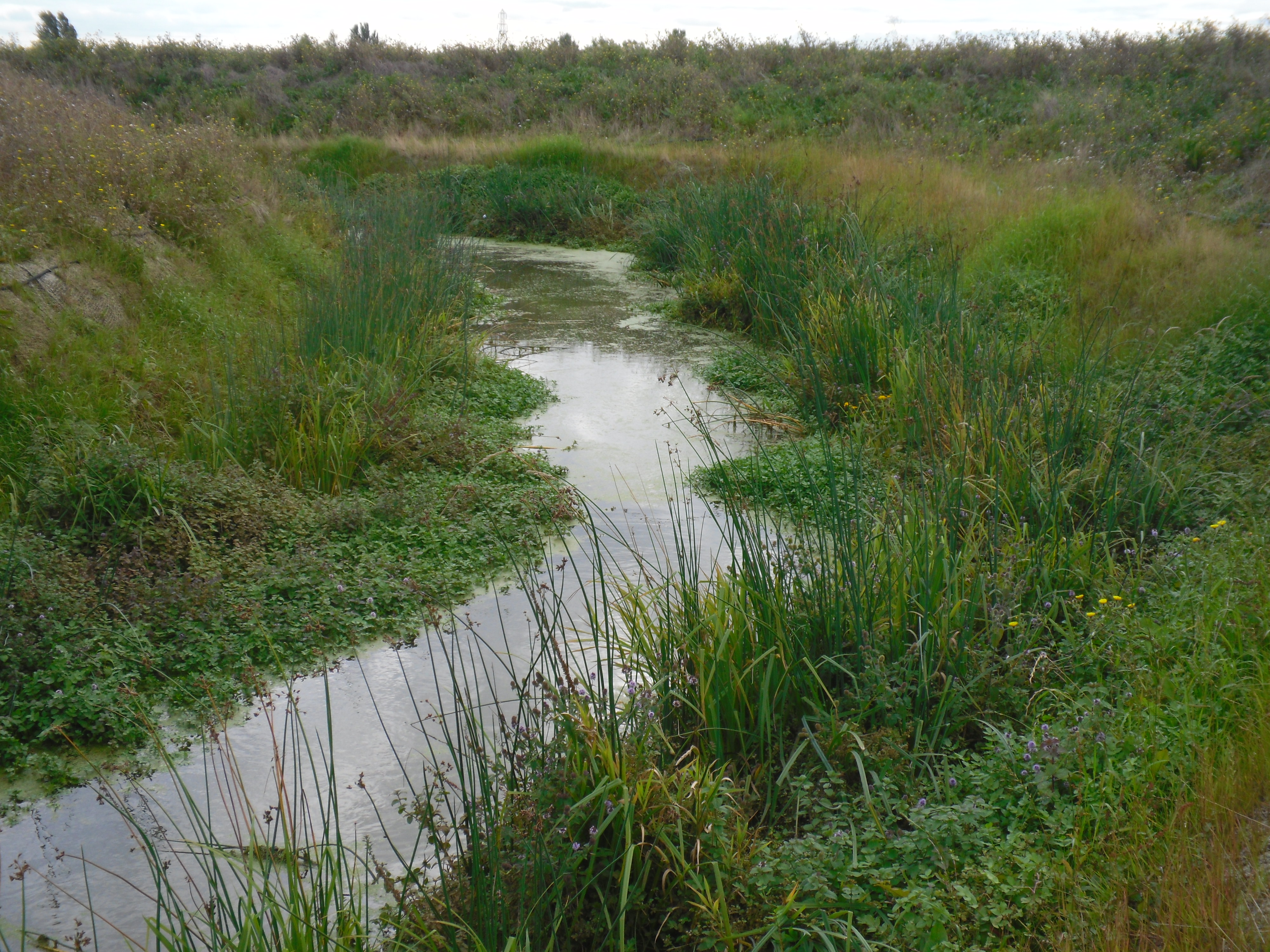
We’re building habitat for the following species:
We’ve created habitat for great crested newts at Godmanchester, Fenstanton and next to the Cambridge crematorium.
The habitat includes ponds, log piles and safe spaces for the newts to hibernate during winter. The material used for the log piles was kept from site clearance carried out as part of the scheme.
Did you know?
- Great crested newts grow up to 17cm long and live for up to 15 years
- Newts breed in ponds in spring, and spend the rest of the year in woodland, hedgerows and grassland (where they can feed on insects). They hibernate underground, in tree roots and in old walls
- Great crested newts can be identified by looking at their bellies – the pattern of black spots they have is as unique as fingerprints
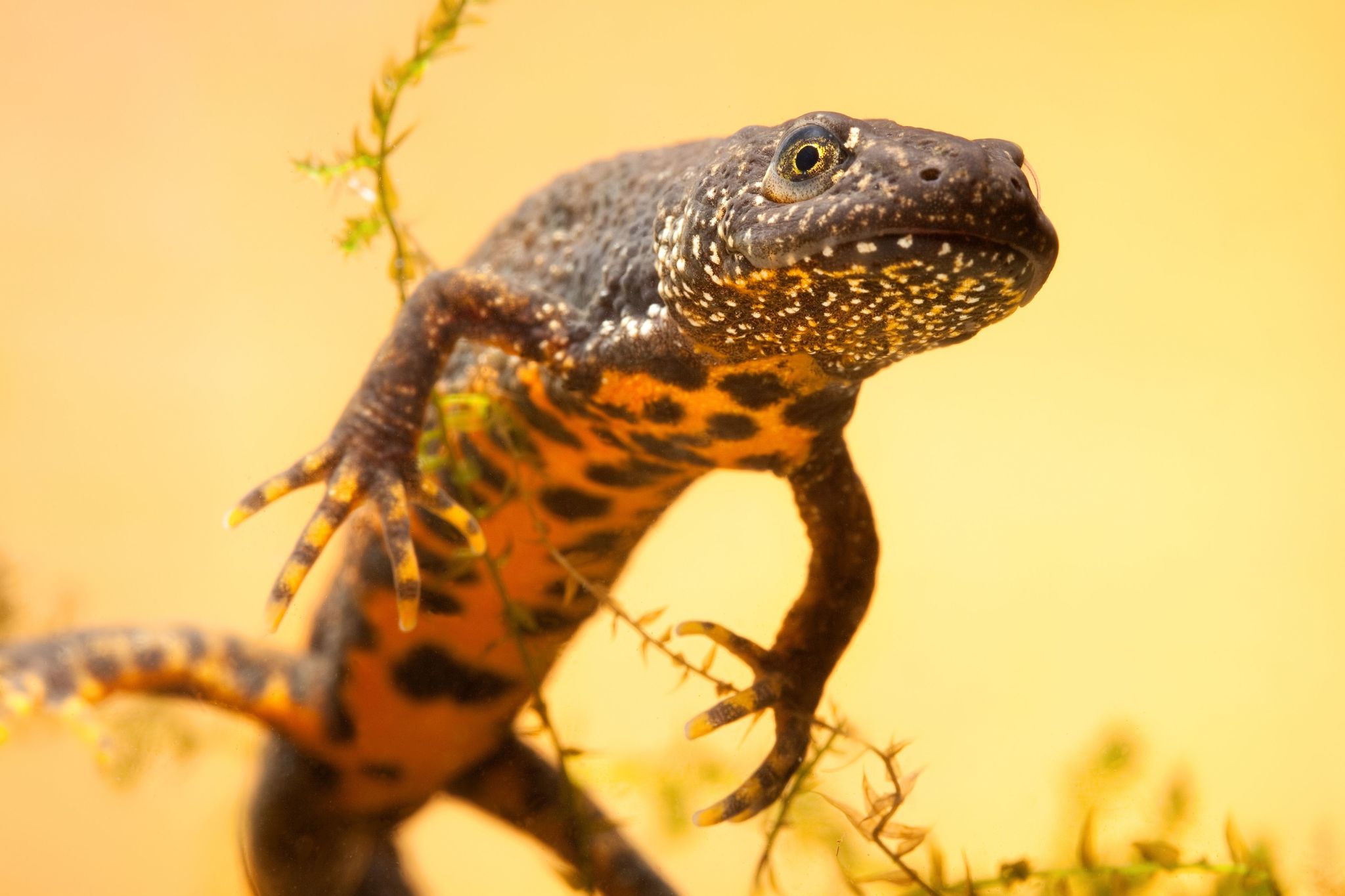
Water voles have experienced a serious decline in numbers over recent years and are now a protected species.
We’ve created five new habitat areas for water voles at Alconbury, Oakington, Longstanton, and two near Boxworth.
Did you know?
- Water voles can grow up to 22cm in length and weigh up to 300g
- They live along rivers, streams and ditches, around ponds and lakes, and in marshes, reedbeds and areas of wet moorland
- Female water voles can have three to four litters a year of up to five young
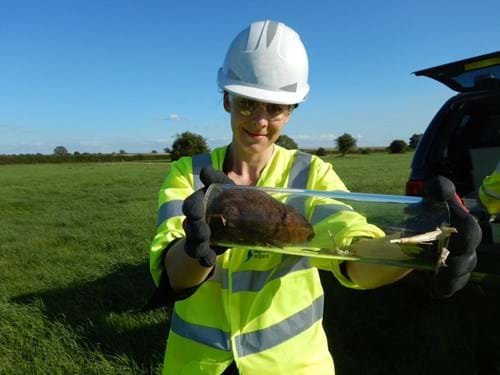
We’re installing approximately 800 bird and bat boxes to give animals a safe place to nest while the trees we’re planting mature.
This includes:
- 360 bat boxes
- 90 bird boxes (for smaller species, such as songbirds)
- 24 swift boxes
- 22 barn owl boxes (five of which are already in use)
- 24 kestrel boxes
Did you know?
- Barn owls have a wingspan of 89cm and typically live for four years
- They live in grassland areas, heath and moorland, farmlands, wetland and coastal areas
- The barn owl will sometimes hunt in the daytime, but can also hunt at night – their heart-shaped faces direct high-frequency sounds, enabling them to find mice and voles in the vegetation
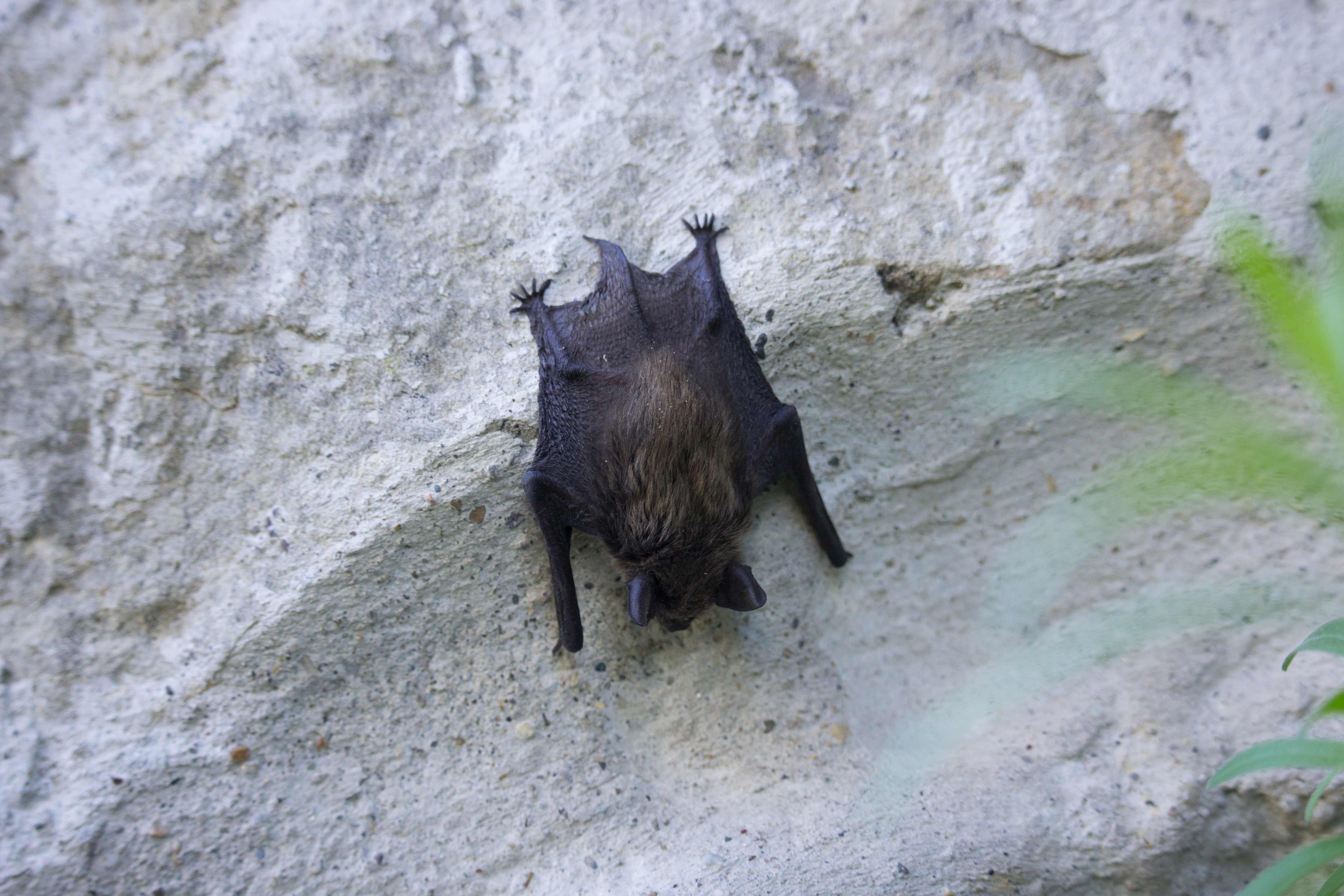
Between Brampton Wood (a Site of Special Scientific Interest) and our nearby borrow pit (where we remove materials from the earth for use in building the scheme), we’re planting a hedgerow of native tree and shrub species such as field maple, hazel and oak, along with honeysuckle.
This provides a wildlife corridor which allows species, such as bats and dormice, to forage, commute and eventually colonise the new habitat that will be created around the borrow pit (which will be filled with water, with the intention of making it a lake).

Some of the larger logs left from our site clearance (carried out before construction began) are being used to provide additional habitat and basking areas for reptiles.
Suitable habitat for reptiles, along with hibernation areas, log piles and refuge areas, will also be created and reinstated on road verges across the scheme.
Some of the vegetation cleared will also be used to create refuges to provide nesting opportunities for grass snakes.

Some of the drainage attenuation ponds (which capture rainwater and release it slowly to prevent flooding) built as part of the scheme will have a loggery installed.
This consists of between 5 and 30 logs (with bark retained) partly buried vertically in the soil at different heights. These provide habitat for deadwood beetles and other invertebrates and fungi, an important part of the local ecology.
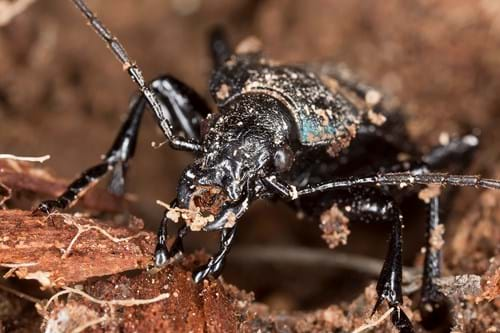
Between Girton and Milton, we’re creating areas for toads. These include grassland, pond edge grassland and ponds.
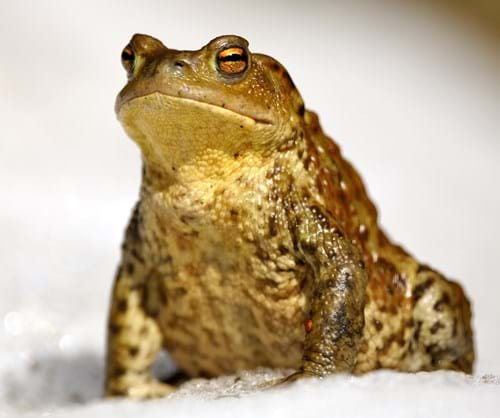
We’re replacing the trees we’ve removed at a ratio of approximately two to one
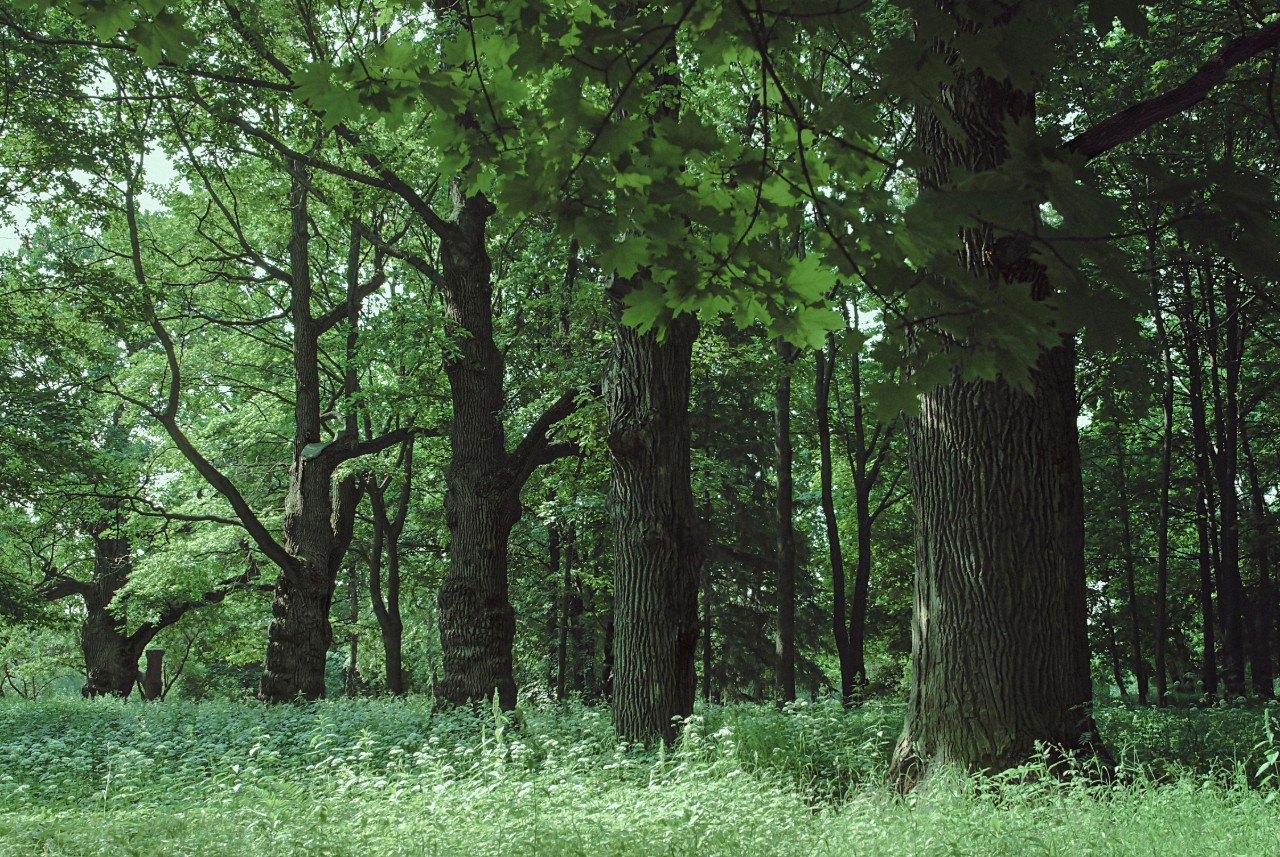
We’re planting a variety of trees and shrubs from over 40 different native species, replacing the trees we’ve removed at a ratio of approximately two to one. These will be in keeping with the local area.
Species include: Dogwood, Hawthorn, Hazel, Oak, Elder, Holly, Dog rose, Honeysuckle, Silver Birch.
We’re planting a variety of habitats such as hedgerows, scrubland, woodland and wet woodland, ponds and wildflower grasslands. This includes almost 25 miles (40km) of hedgerow and 220 ha (roughly the size of Monaco) of native woodland and shrub planting.
It will take about 15 years for the planting to look as it does in the scheme flythrough and realise its objectives of nature conservation and biodiversity, but we expect wildlife to begin using it much sooner than that.
Case study - protecting rare plants
Land around the A14C2H scheme is mostly monocrop agricultural land (used to grow a single crop, year after year). When construction began, the seed bank below was revealed, allowing various plant species to thrive and increasing biodiversity across the project.
We’re protecting seed banks and harvesting seeds across the scheme for future regeneration. In the case of Slender Tare, for example, volunteers from across the project spent a day moving the rare plant to a safe place to be replanted when landscaping work begins.
Some of the other plant species include:
- Bee Orchids
- Broad leaf spurge
- Pyramidal orchids
- Dwarf spurge – local
- Round leaved cranes bill (geranium)
- Stone parsley (smells like petrol when you rub it)
- Crosswort
- Sharp leaved fluellin
These plants, flowers and weeds provide an important habitat for insects, bees, moths, butterflies and birds. Some of the birds found in these areas are red listed for population decline, so these habitats are particularly valuable.
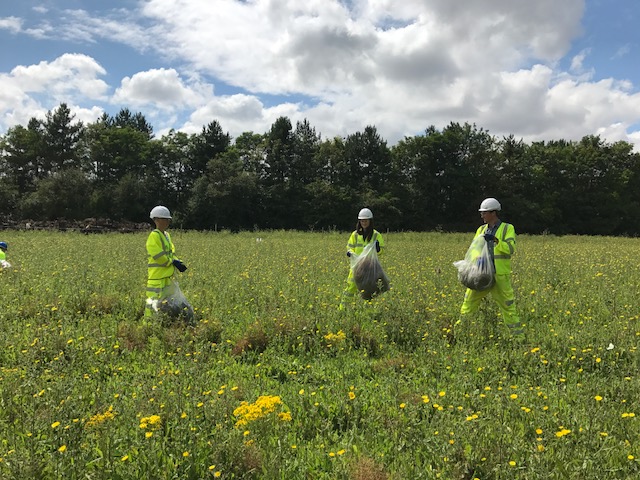
We're reducing the environmental footprint of the scheme during construction
A construction project of this size requires a lot of resources, so we’ve taken a number of steps to reduce the carbon footprint of the project:
- 100% of the energy used at our three construction compounds (Brampton, Ermine Street and Swavesey) is generated from renewable sources such as wind and solar.
- Over half of the 5 million tonnes of materials needed to build the new road has been sourced locally, for instance via borrow pits. This means less long-distance journeys to move materials to site.
- We try to only use non-drinking water for construction purposes, to minimise the impact on the local drinking water supply. Water used comes from water treatment plants, the scheme’s borrow pits, local watercourses (up to a maximum of 20m³ per day) and we also recycle the water used in our road sweepers. So far, we have saved 2505m³ of potable water (water fit for human and animal consumption).
- Where possible, we use hybrid generators, solar-powered floodlights and hydrogen powered vehicles, to reduce our use of fossil fuel. For example, the reduced CO2 emissions from the fuel saved by using solar-powered floodlights is the equivalent of a new car being driven 110 times around the earth!

